What is Email Marketing?

Email marketing is a powerful digital marketing strategy that involves sending emails to prospects and customers. Effective email marketing campaigns convert prospects into customers and turn one-time buyers into loyal, raving fans. It leverages email communications to directly engage with your audience, providing valuable content, promotions, updates, and more.
This strategy is crucial for businesses of all sizes, enabling them to reach their target audience directly in their inboxes. Unlike other marketing channels that might be subject to algorithm changes or platform rules, email marketing gives you direct access to your audience, making it a stable and reliable way to communicate.
When to Use Email Marketing Email Marketing
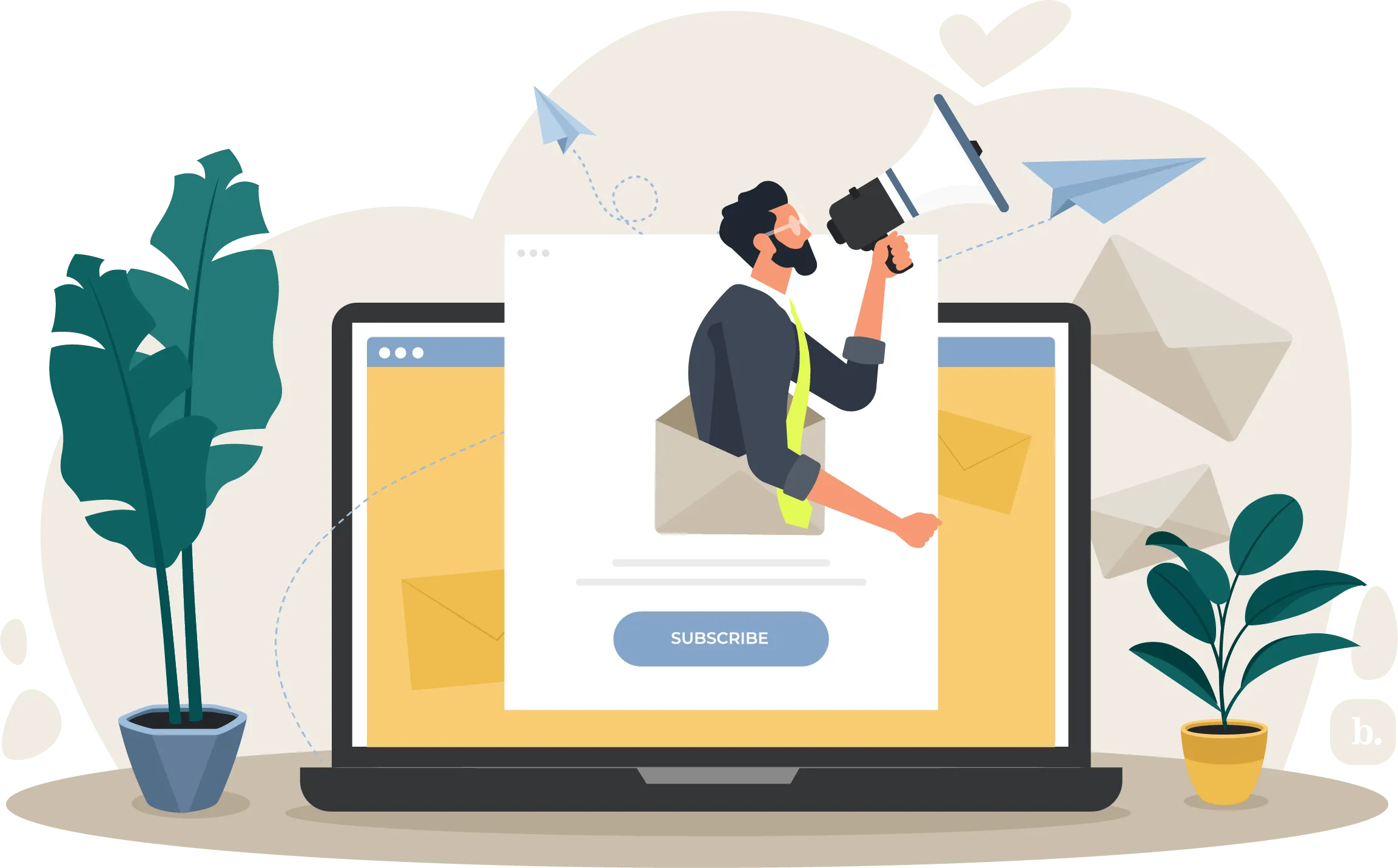
Email marketing can be utilized in various scenarios, each serving a specific purpose in your overall marketing strategy:
Lead Nurturing: Stay in touch with leads by providing them with valuable content and updates about your products or services.
Sales Promotions: Announce special offers, discounts, or product launches to encourage purchases.
Customer Retention: Keep your existing customers engaged and interested in your brand by sharing helpful content, customer stories, and exclusive deals.
Re-engagement: Reactivate inactive subscribers by reminding them of your value and what they're missing out on.
Feedback Collection: Gather insights from your audience about their preferences, experiences, and what they'd like to see more of.
Benefits of Email Marketing

Email marketing offers a plethora of benefits that can significantly contribute to your business's growth and customer engagement:
Cost-Effectiveness: It is one of the most cost-effective marketing strategies, often yielding a high return on investment (ROI). Most email service providers offer scalable plans that suit businesses of all sizes, making it accessible for even small business owners.
Personalization and Segmentation: Email marketing allows for high levels of personalization, from addressing subscribers by name to tailoring content based on their interests or behaviors. Segmenting your email list enables you to send more targeted and relevant emails, increasing engagement and conversions.
Measurable Results: With the right email marketing tools, you can track open rates, click-through rates, conversions, and more. This data is invaluable for understanding what works, what doesn't, and how you can improve your future campaigns.
Wide Reach: Email usage is widespread, with most consumers using email daily. This makes email marketing a great way to reach potential and existing customers directly.
Mobile Accessibility: With the increasing use of mobile devices to check email, your marketing messages are accessible to your audience no matter where they are, increasing the chances of your emails being seen and acted upon.
Enhanced Customer Retention: Regular, valuable email communications can keep your brand top-of-mind for consumers, aiding in customer retention and encouraging repeat business.
Spam Regulations Compliance: Reputable email marketing campaigns are designed to be compliant with spam regulations like GDPR, ensuring that your emails are not only ethical but also welcomed by recipients.
Incorporating email marketing into your overall marketing strategy can yield significant benefits, from increased engagement to higher conversion rates.
By understanding when to use email inbound marketing, and leveraging its benefits effectively, you can create successful email marketing campaigns that help grow your business.
30 Game-Changing Email Marketing Tips
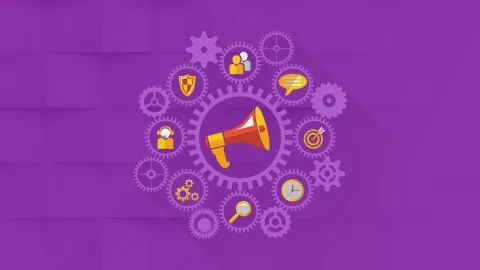
Email marketing continues to be one of the most effective ways to reach and engage your audience. With the right strategies, you can captivate your subscribers, convert potential to new customers, and retain existing ones. Here are 30 game-changing tips to improve your email marketing campaigns.
Crafting Irresistible Subject Lines
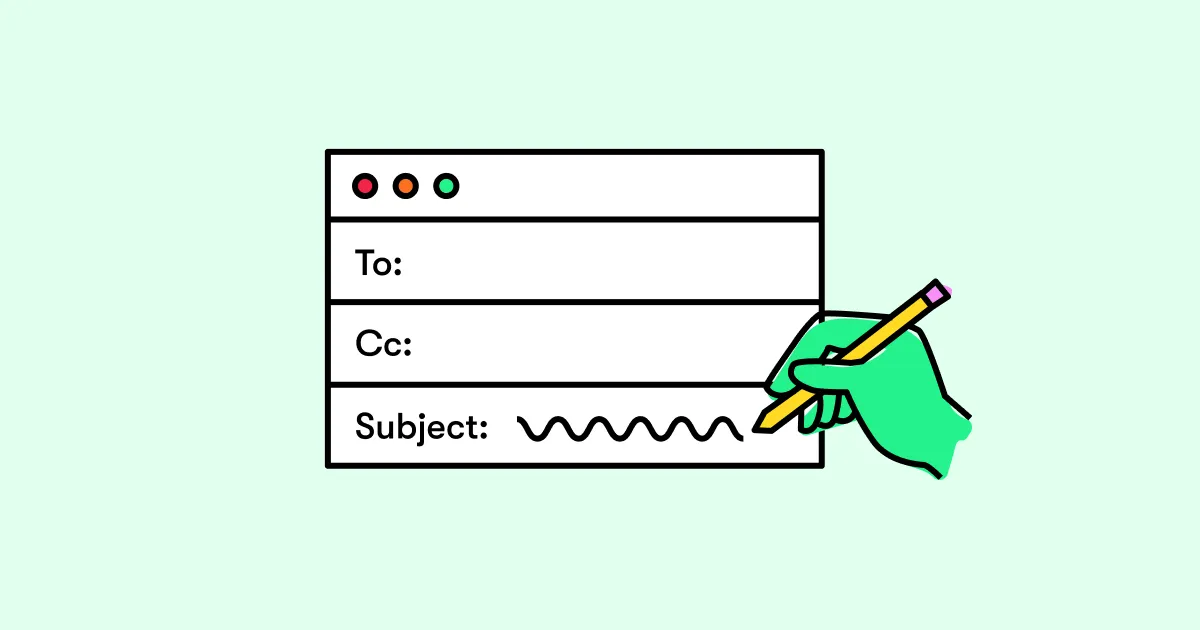
Your subject line is your first (and possibly last) impression on users. In many ways, your email's subject line is more important than the email body.
A great subject line can dramatically increase your open rate, while a poor one can lead to your email being ignored or deleted. Here are some tips to make your subject lines stand out.
Tip 1: Keep Subject Line Short and Sweet
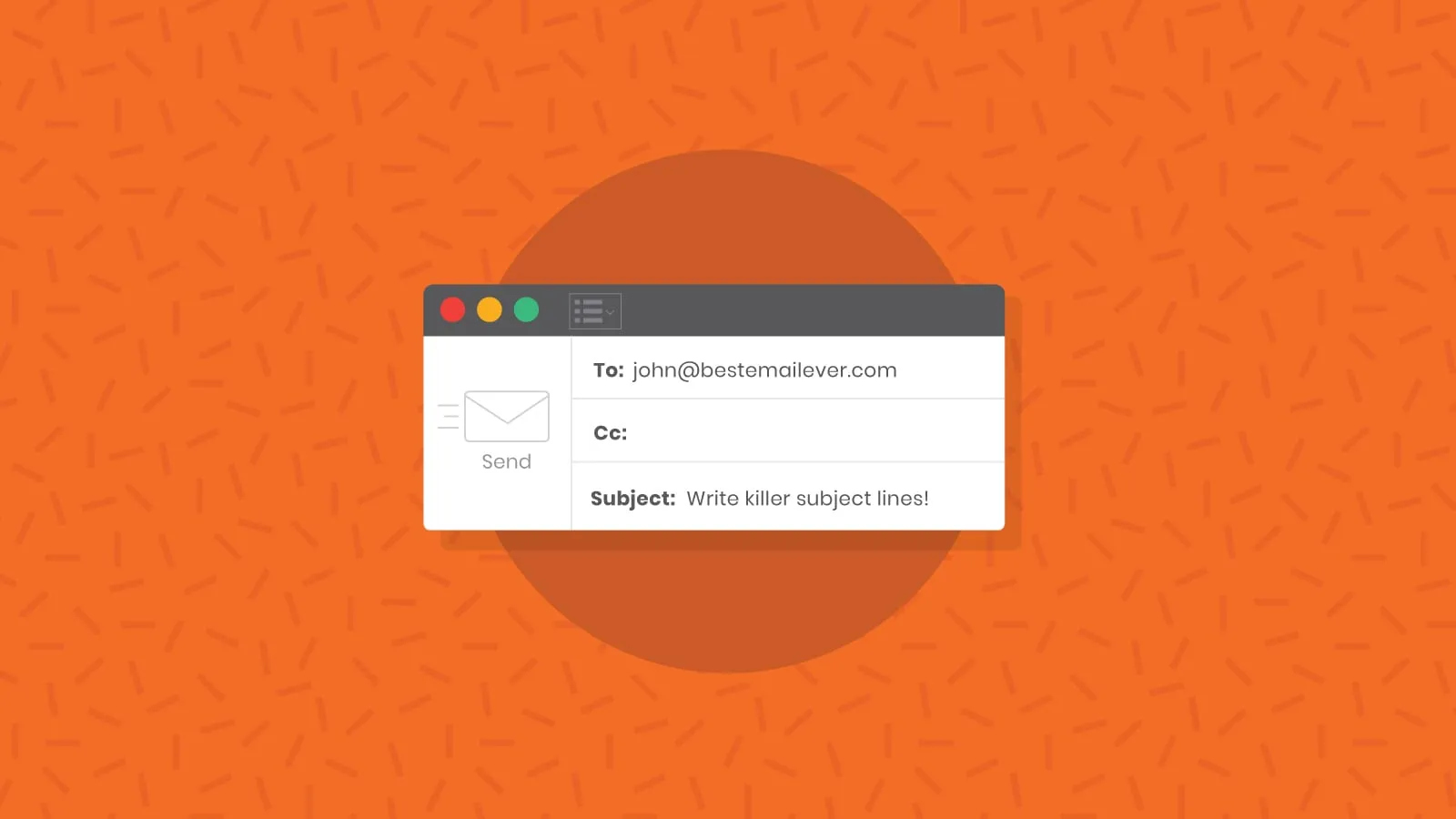
The best email subject lines are short, descriptive, and provide the reader with a reason to explore your message further.
With mobile users increasingly dominating email opens, keeping subject lines concise ensures visibility across devices.
Aim for 6-10 words to maximize open rates.
Make sure the most important words are at the beginning.
Tip 2: Use Action-Oriented Verbs
Starting your subject line with an action verb can make your email feel more inviting and dynamic. An action-oriented subject line encourages the reader to take action and emphasizes the value they will receive from opening the email.
Use verbs like Discover, Unlock, Achieve, or Start to create a sense of action.
Tip 3: Personalize with the Recipient's Name

Personalization can increase your open rates by making each recipient feel like the email was crafted specifically for them. Including the recipient's name in the subject line adds a personal touch that can grab their attention.
Use personalization tokens in your email marketing platform to automatically include the recipient's name in the subject line.
Tip 4: Incorporate Urgency and Scarcity
Creating a sense of urgency or scarcity in your subject line can encourage recipients to open your email sooner rather than later. This can be particularly effective for promotional emails.
Use phrases like "Limited Time Offer" or "Only a Few Left" to instill urgency.
Be genuine with urgency and scarcity to maintain trust with your audience.
Tip 5: Test and Refine with A/B Testing
Not all audiences are the same, so it's important to find out what works best for yours. A/B testing different subject lines can help you understand what resonates with your audience.
Test different styles, lengths, and tones to see what leads to higher open rates.
Use the insights gained from A/B testing to refine your approach to subject lines.
By employing these tips, you can dramatically improve the open rates of your emails, engaging your audience from the moment your email lands in their inbox.
The goal of the subject line is to get your email opened, so make it as compelling as possible.
Designing Engaging Email Content
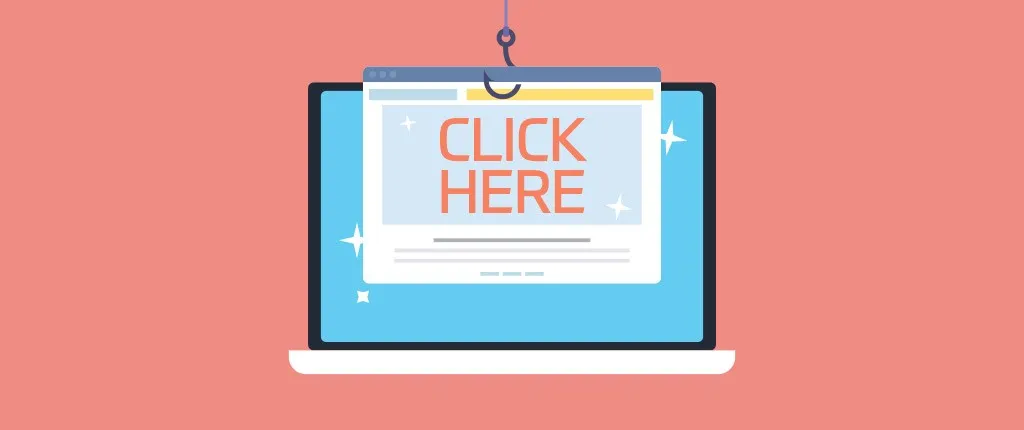
Creating content that captivates and engages your audience is crucial in email marketing. Your email's design, layout, and content can significantly impact your campaign's success.
Here are essential tips to ensure your emails are not just opened but read and acted upon.
Tip 6: Use a Responsive Email Design
With the majority of emails being opened on mobile devices, ensuring your email design is responsive has never been more critical.
A responsive design automatically adjusts to fit the screen it's being viewed on, providing an optimal experience for all subscribers.
Test emails on different devices and email clients to ensure compatibility.
Use email templates from reputable email service providers designed to be responsive.
Tip 7: Optimize Your Email's Preheader Text
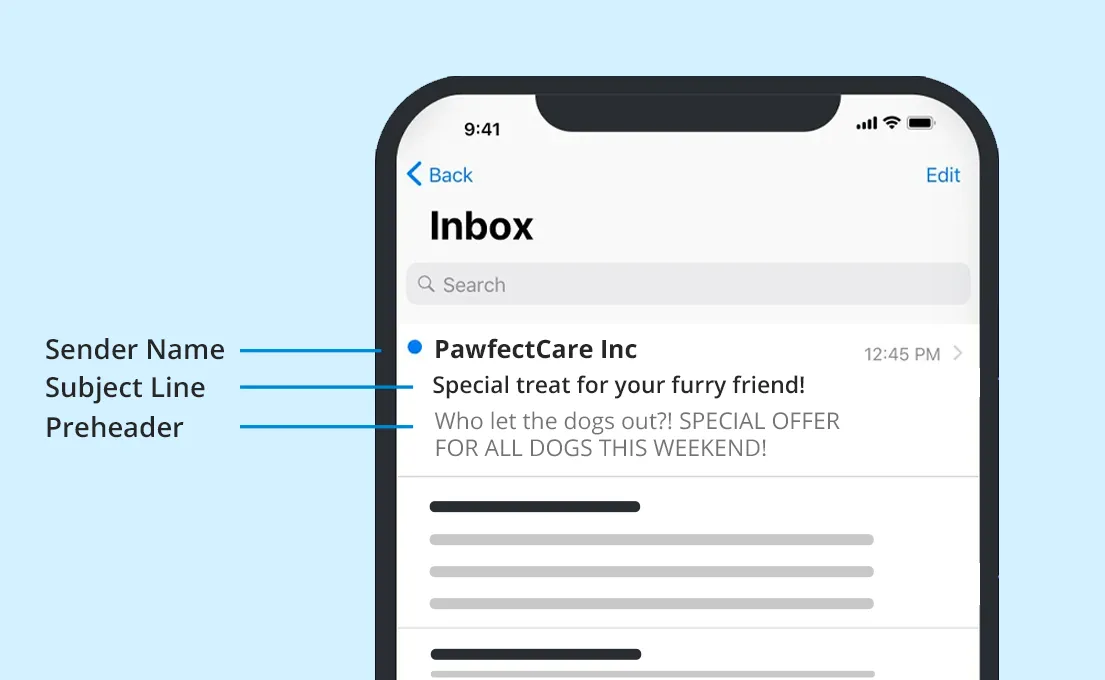
The preheader plain text is the short summary text that follows the subject line when viewing an email in the inbox. This often overlooked element plain text emails can complement your subject line and significantly increase open rates.
Use it to give a sneak peek of your email content to entice readers.
Keep it under 100 characters to ensure it's fully visible in most email clients.
Tip 8: Incorporate Visuals to Boost Engagement
Visuals can make your emails more engaging and help convey your message more effectively. Whether it's high-quality images, infographics, or videos, visuals can enhance the reader's experience and increase engagement.
Ensure images are optimized for fast loading to not deter other mobile device users.
Use alt text for all images to ensure your message is conveyed even if alt text for the images aren't displayed.
Tip 9: Keep Your Copy Concise and to the Point
In today's fast-paced digital world, your subscribers' attention span is limited. Keeping your email copy concise and to the point is crucial in ensuring your message is read and understood.
Use short paragraphs and simple language to improve readability.
Get straight to the point and avoid unnecessary fluff or jargon.
Tip 10: Use Bullet Points for Easy Scanning
Bullet points are an excellent way to break down information into digestible chunks, making it easier for subscribers to scan through your email and grasp the key points.
Highlight your main offers, benefits, or key takeaways using bullet points.
Keep bullet points short and use them to break up large blocks of plain text for better readability.
By focusing on these aspects of email content design, you can create more engaging and effective email campaigns that not only capture your audience's attention but also drive them to take action.
The goal is to make your emails as accessible and enjoyable to read as possible, ensuring your message gets across effectively.
Personalizing Your Email Campaigns
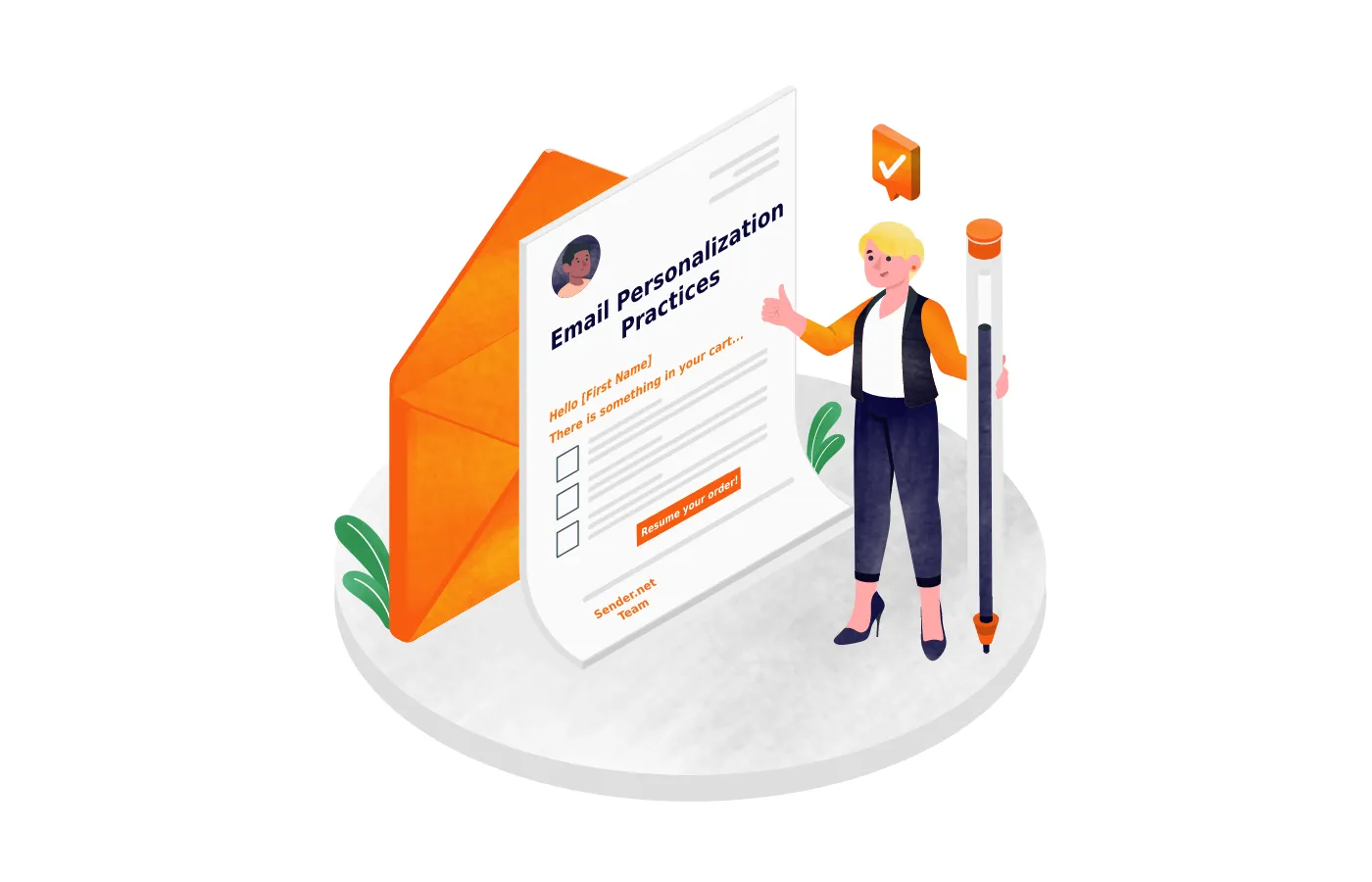
Personalization is a key driver of engagement in email marketing. Tailoring your emails to fit the interests, behaviors, and preferences of your audience can significantly improve open rates, click-through rates, and overall campaign performance.
Here are some more tips to effectively personalize your email campaigns.
Tip 11: Segment Your Email Lists for Relevance
Segmenting your email list allows you to group your subscribers based on certain criteria, such as demographics, purchase history, or engagement level.
This ensures that the content you send is relevant to each group, increasing the likelihood of engagement.
Use data from your email subscribers to create meaningful segments.
Consider factors like location, age, job title, or past interactions with your emails.
Tip 12: Tailor Content Based on Subscriber Behaviour
Subscriber behavior offers valuable insights into their interests and preferences. Tailoring your email content based on actions subscribers have taken can lead to more personalized and effective campaigns.
Track actions like website visits, product views, or previous purchases.
Use this data to send targeted emails, such as product recommendations or follow up email top-up content.
Tip 13: Celebrate Subscriber Milestones
Recognizing and celebrating milestones, such as anniversaries or birthdays, can make your subscribers feel valued and foster loyalty. This personal touch can significantly enhance the subscriber experience.
Automate emails to celebrate subscriber milestones like their sign-up anniversary or birthday.
Offer a special discount or a personalized message to mark the occasion.
Tip 14: Recommend Products Based on Past Purchases

Leveraging purchase history to recommend relevant products in your emails can significantly increase the likelihood of repeat purchases.
This approach not only personalizes the shopping experience but also demonstrates your attention to customer preferences.
Analyze past purchase data to identify patterns and preferences.
Include personalized product recommendations in your emails to encourage customers coming make additional purchases.
Tip 15: Use Dynamic Content for Personalization
Dynamic content is content that changes based on the preferences or behaviors of each subscriber, allowing for a highly personalized email experience.
This can include tailored product recommendations, personalized images, or customized offers.
Implement dynamic content blocks in your emails that change based on subscriber data.
Ensure that the dynamic content aligns with the overall message and goal of your email
Personalization is more than just adding a subscriber's name to an email. It's about creating a tailored experience that resonates with each individual on your email list.
By implementing these tips, you can enhance the relevance and effectiveness of your email campaigns, leading to increased engagement, customer loyalty, and conversions.
The key to successful personalization is a deep understanding of your audience, supported by the strategic use of data and technology.
Enhancing Email Deliverability and Open Rates

Ensuring your emails not only reach your subscribers' inboxes but also compel them to open the message is crucial for the success of any email marketing campaign.
Here are actionable tips to enhance your email deliverability and open rates, thus ensuring your marketing efforts reach their full potential.
Tip 16: Cleanse Your Email List Regularly
Maintaining a clean email list is essential for high deliverability rates. Regularly removing inactive subscribers can improve your engagement rates and sender reputation, reducing the likelihood of being marked as spam.
Conduct periodic audits of your email list to identify and remove inactive or unengaged subscribers.
Consider a re-engagement campaign before removing inactive subscribers to give them a chance to stay on your list.
Tip 17: Avoid Spam Triggers in Your Email Copy
Certain words and phrases in your email copy can trigger spam filters, preventing your emails from reaching the inbox. Being mindful of the language you use can significantly improve deliverability.
Steer clear of overly promotional phrases like "Buy now" or "Free offer."
Use natural language and provide value in every email to avoid being marked as spam.
Tip 18: Optimize Sending Times for Your Audience
The timing of your emails can greatly affect open rates. Sending emails when your audience is most likely to check their inbox can up click through rate and lead to higher engagement.
Test different sending times to determine when your audience is most active.
Consider time zones and the typical daily routines of your subscribers when scheduling emails.
Tip 19: Encourage Engagement to Boost Deliverability
Email providers often consider user engagement when filtering for spam. Encouraging your subscribers to reply to your emails or interact with your content can improve your sender reputation and deliverability.
Ask questions or encourage feedback in your emails to promote interaction.
Include clear and compelling calls to action to drive engagement.
Tip 20: Use a Recognizable Sender Name and Address

Subscribers are more likely to open emails from senders they recognize and trust. Using a consistent and recognizable sender name and the same email and address can help improve open rates.
Choose a sender name that reflects your brand or the individual your subscribers are familiar with.
Avoid using no-reply addresses, as they can discourage engagement and appear impersonal.
By implementing these tips, you can significantly enhance the deliverability and open rates of your email campaigns.
A focus on maintaining a clean list, avoiding spam triggers, optimizing send times, encouraging engagement, and using a recognizable sender name will not only help your emails reach the inbox but also encourage your subscribers to open and engage with your content.
Advanced Email Marketing Strategy
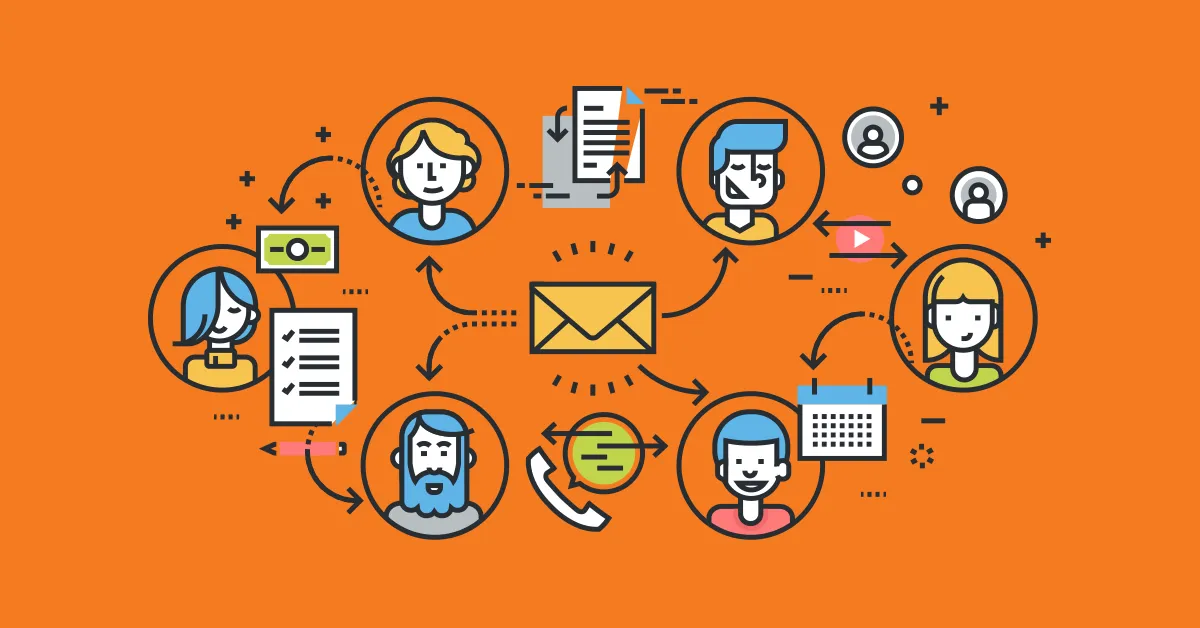
To elevate your email marketing efforts beyond the basics, it’s essential to incorporate advanced strategies that leverage automation, analytics, and cross-channel integration.
These tactics can significantly enhance the efficiency, reach, and engagement of your campaigns. Here are some advanced tips to consider for your next email marketing campaign.
Tip 21: Implement Email Automation for Efficiency
Email automation streamlines your marketing efforts, ensuring timely and relevant communication with your subscribers without constant manual intervention.
It's not just about saving time; it's about sending targeted messages that resonate with your audience at the right moment.
Set up automated welcome email sequences for new subscribers to introduce them to your brand.
Use behavioral triggers from your subscribers’ actions, like website visits or past purchases, to send automated, personalized emails.
Tip 22: Use Lead Magnets to Grow Your List
Lead magnets are valuable resources offered in exchange for contact information. They are an effective way to grow your email list with engaged subscribers interested in what you have to offer.
Offer free guides, reports, webinars, or discount codes as lead magnets to entice sign-ups.
Ensure your lead magnets are closely aligned with your audience's interests to attract quality subscribers.
Tip 23: Leverage the Power of Email Analytics
To continuously improve your email campaigns, it's crucial to understand how your emails are performing. Email analytics provide insights into what works and what doesn't, allowing you to make data-driven decisions.
Monitor key metrics like open rates, click-through rates, conversion rates, and bounce rates.
Use A/B testing to experiment with different email subject lines used, email content, and send times, then analyze the results to optimize future campaigns.
Tip 24: Integrate Your Email and Social Media Strategies
Combining your email marketing with your social media efforts can amplify your overall digital marketing strategy. This integration can help extend your reach and provide multiple touchpoints for your audience.
Include social media buttons in your emails to encourage subscribers to follow your channels.
Promote your email newsletter on your social media profiles to cross-pollinate your audience.
Tip 25: Experiment with Interactive Email Elements
Interactive elements in marketing emails, such as polls, surveys, interactive images, and videos, can significantly increase engagement by making your emails more dynamic and entertaining.
Use interactive content to gather feedback, preferences, or to simply entertain and engage your subscribers.
Ensure that interactive elements are mobile-friendly and compatible with most email clients to maintain a broad reach.
Implementing these advanced email marketing strategies can greatly enhance the effectiveness of your campaigns.
By automating processes, utilizing lead magnets for list growth, analyzing email performance, integrating with social media, and incorporating interactive elements, you can create more engaging, efficient, and successful email marketing campaigns that resonate with your audience and drive results.
Overcoming Common Email Marketing Challenges

Even the most well-planned email marketing strategies can face challenges. From low engagement to navigating ever-changing privacy laws, marketers must adapt and learn continuously.
Here are tips to tackle some common hurdles in email marketing effectively.
Tip 26: Addressing Low Engagement Rates
Low engagement rates can be a sign that your content isn't resonating with your audience or that you're not reaching them at the right time. To combat this:
Personalize Content: Ensure your emails speak directly to the recipient's interests and needs. Use data from their interaction with your brand for tailored content.
Optimize Send Times: Test different sending times to find when your audience is most likely to engage.
Segment Your Lists: Break down your contact list into more targeted groups to send more relevant emails.
Tip 27: Reducing Email Unsubscribe Rates
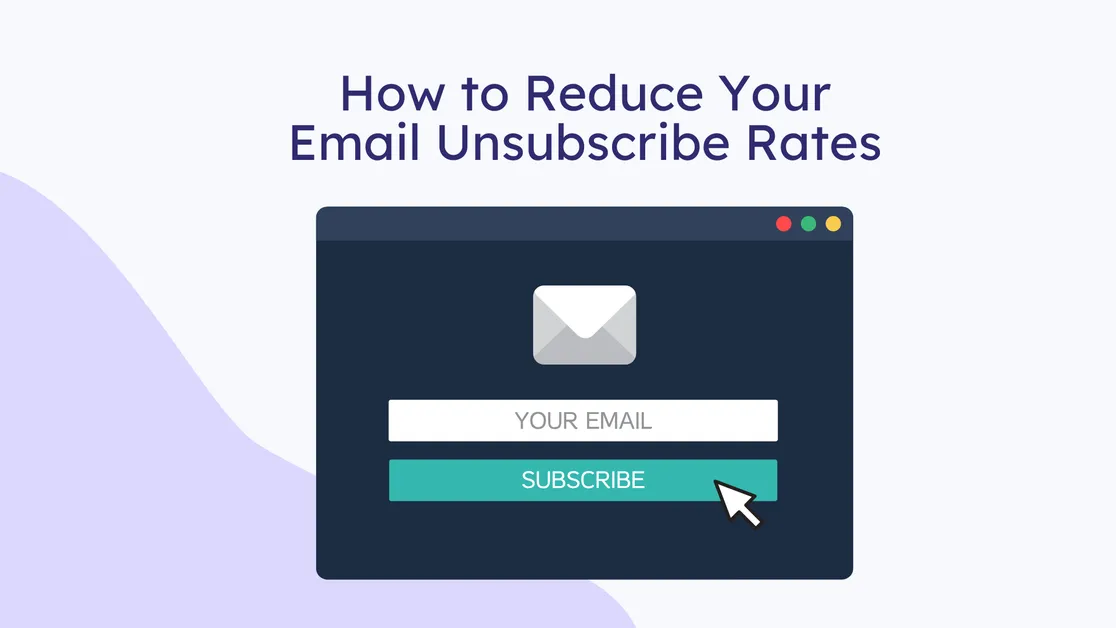
High unsubscribe rates can hurt your sender reputation and diminish your audience. To reduce them:
Set Clear Expectations: When users sign up, clearly state what kind of emails they will receive and how often.
Provide Value: Make sure each email offers something valuable, whether it's insightful information, entertainment, or exclusive offers.
Offer Preferences: Allow subscribers to choose what type of content they want to receive and how often, giving them control over their inbox.
Tip 28: Navigating Changes in Email Privacy Regulations
With regulations like GDPR and CCPA, marketers must be more careful than ever with subscriber data. To stay compliant:
Be Transparent: Clearly explain how you collect, use, and store subscriber data.
Obtain Consent: Always get explicit permission before adding new contacts to your email list.
Provide Easy Opt-Out: Ensure it's straightforward for subscribers to unsubscribe or change their preferences.
Tip 29: Staying Updated with Email Marketing Best Practices
The digital marketing landscape is always evolving, and what worked yesterday might not work tomorrow. To keep up:
Follow Industry Leaders: Subscribe to newsletters from email marketing experts and platforms like Campaign Monitor or Constant Contact.
Attend Webinars and Conferences: Stay informed about the latest trends and strategies by participating in industry events.
Test and Adapt: Always be willing to experiment with new techniques, and don't be afraid to pivot if something isn't working.
Tip 30: Continuously Learning from Campaign Results
Every email campaign, whether successful or not, offers valuable insights. To learn from them:
Analyze Performance Metrics: Regularly review key performance indicators (KPIs) such as open rates, click-through rates, and conversion rates.
Gather Feedback: Don't shy away from directly asking your subscribers what they like or dislike about your emails.
Iterate and Improve: Use the insights gained from analysis and feedback to refine your strategy continually.
Overcoming these common email marketing challenges requires a mix of strategic planning, adaptability, and a commitment to continuous learning.
By addressing each challenge head-on with these tips, you can improve your email marketing efforts and achieve better results.
Conclusion: Building a Robust Email Marketing Strategy
Crafting a successful email marketing strategy requires a thoughtful blend of personalization, automation, and continuous adaptation to the needs and behaviors of your audience.
Here are key takeaways to ensure your email marketing efforts are both effective and sustainable:
- Embrace Personalization: Go beyond using the recipient's name. Tailor your content based on their past interactions, preferences, and behavior to make each email feel like it's speaking directly to them. Personalized messages in the email subject line and body can significantly enhance engagement and conversion rates.
- Optimize for Mobile: With the increasing use of mobile devices to check emails, it's crucial to design mobile-friendly emails. Ensure your email templates are responsive and test them across different devices and email clients to ensure a seamless reading experience.
- Use Automated Emails: Automate your email campaigns where possible, from welcome emails to transactional emails and follow-up sequences. Automation not only saves time but also ensures timely and relevant communication with your subscribers.
- Craft Compelling Content: Whether it's a blog post link, a free guide, or personalized content based on the subscriber's purchase history, ensure your emails provide value. Keep your copy concise, use bullet points for easy scanning, and include clear calls to action.
- Engage with Transactional Emails: Transactional emails like order confirmations have high open rates, making them a great opportunity to engage further with customers. Include relevant offers or content to encourage further interaction.
- Avoid Overwhelming Your Subscribers: Be mindful of your email frequency to avoid overwhelming your subscribers. Allow them to set their preferences for how often they wish to hear from you and adhere to it.
- Focus on Deliverability: Regularly cleanse your contact list to maintain a high sender reputation and avoid the spam folder. Use a recognizable sender name and address, and optimize your email's preheader plain text version alongside the subject line to improve open rates.
- Leverage Landing Pages: Direct your email traffic to well-designed landing pages that continue the narrative from your email. This focused approach can significantly improve conversion rates by providing a clear path to the desired action.
- Re-engage Inactive Subscribers: Periodically attempt to re-engage inactive subscribers with targeted campaigns. If they remain unresponsive, consider removing them from your list to maintain list health and engagement rates.
- Continuously Learn and Adapt: Use email analytics to track the performance of your campaigns. Analyze click-through rates, conversion rates, and other key metrics to understand what works and what doesn't. Use this data to refine your strategy continually.
- Stay Informed and Compliant: Keep abreast of the latest email marketing trends and best practices, and ensure your campaigns comply with current email marketing regulations and privacy laws.
Building a robust email marketing strategy isn't a one-time task but an ongoing process that involves regular review and adaptation.
By focusing on your audience's needs and preferences, leveraging technology to automate and personalize, and continuously optimizing based on performance data, you can create email strategy campaigns that not only reach your audience but resonate with them.
Further Reading
Elevate your email marketing strategy with these expert resources, each providing detailed insights and actionable tips to enhance your campaigns.
- How to Market with Email: Gain foundational knowledge and advanced techniques for using email as an effective marketing tool. This guide covers everything from basic setup to complex strategies. Learn more.
- Mastering Your Email Marketing Campaign: Explore the step-by-step process of creating and managing a successful email marketing campaign. This resource provides practical tips to increase engagement and conversions. Read more here.
- Developing a Winning Email Marketing Strategy: Discover how to construct a robust email marketing strategy tailored to your business goals. This guide includes techniques for segmentation, personalization, and measuring success. Explore the strategies.
- Content Marketing vs Email Marketing: Understand the differences and synergies between content marketing and email marketing, and learn how to effectively integrate both to amplify your marketing efforts. Read the full guide.
- Advantages of Email Marketing: Delve into the numerous benefits that email marketing can offer your business, from cost efficiency to high conversion rates. This article outlines why email remains a powerful marketing tool. Dive into the details.
These resources are designed to help you refine your email marketing approach, ensuring you effectively reach your target audience and achieve significant business results.









